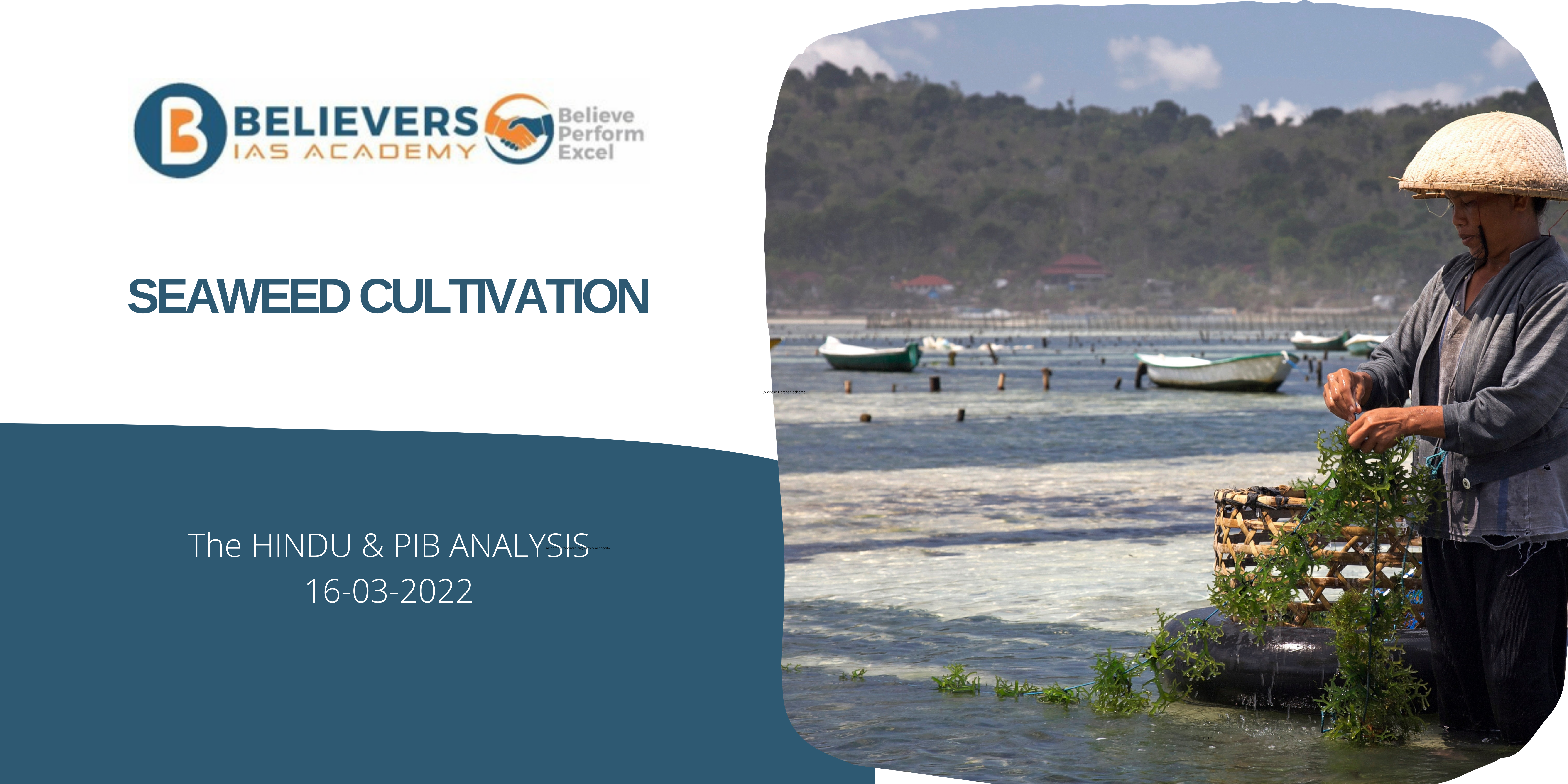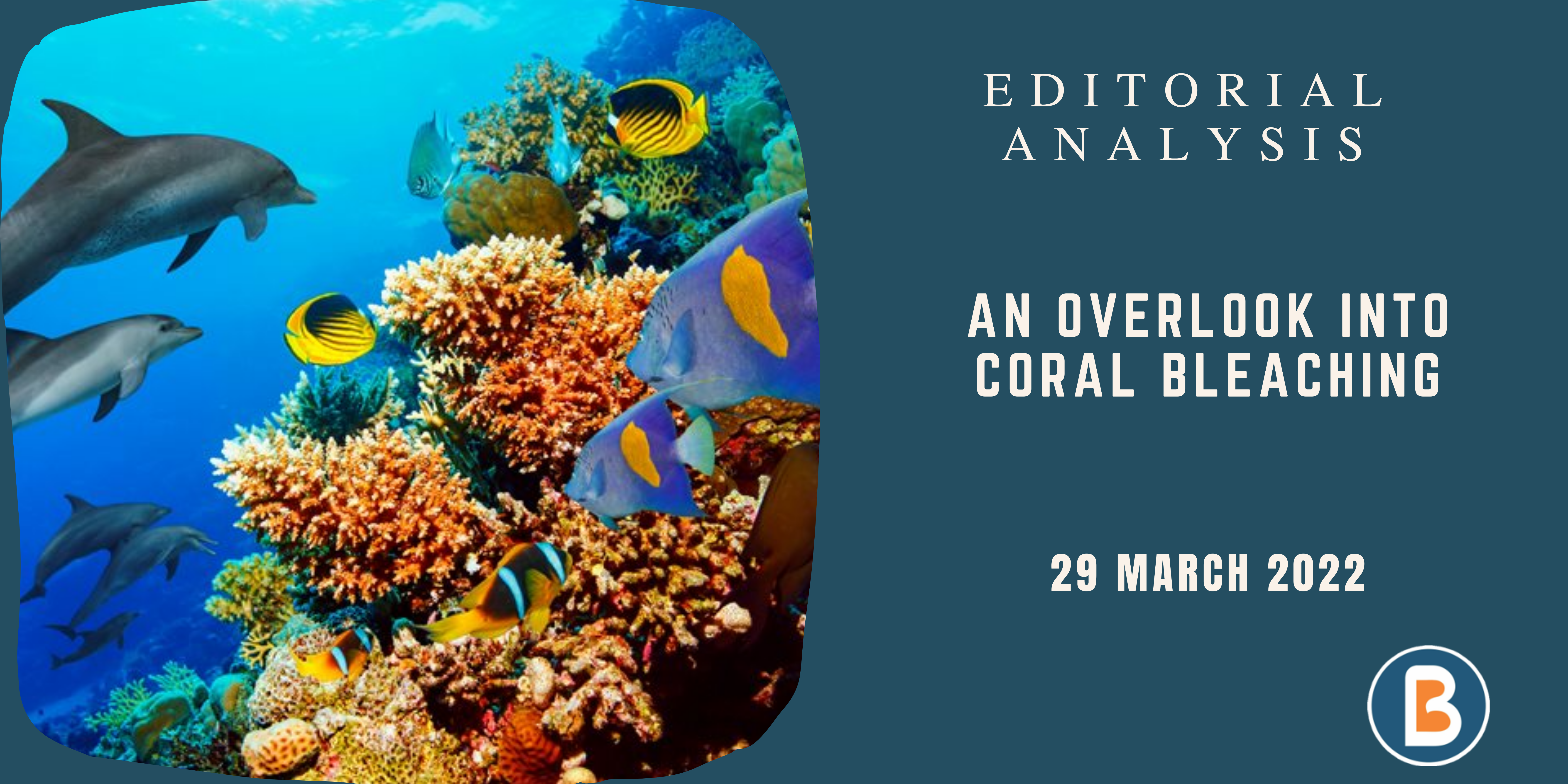Seaweed Cultivation
Context:
• The Department of Fisheries, Ministry of Fisheries, Animal Husbandry and Dairying, Government of India has been focusing on progressive growth of the seaweed sector.
• In this regard, financial assistances provided for culture rafts and monoline/tube nets along with inputs at a unit costs Rs 1500 and Rs 8000 respectively for seaweed cultivation under the Pradhan Mantri Matsya Sampada Yojana (PMMSY) which is being implemented w.e.f. financial year (FY) 2020-21.
Significance:
• Seaweeds, the primitive, marine non-flowering marine algae without root, stem and leaves, play a major role in marine ecosystems.
• The thousands of species of this organism that vary vastly in size, shape and color, provide habitats for marine lifeforms and protect them from threats.
• Large seaweeds form dense underwater forests known as kelp forests, which act as underwater nurseries for fish, snails and sea urchins. The herbivorous marine animals also feed on its thallus.
Where is it used?
• Seaweeds are wonder plants of the sea, the new renewable source of food, energy, chemicals and medicines with manifold nutritional, industrial, biomedical, agriculture and personal care applications.
• Seaweeds are also termed as the ‘Medical Food of the 21st Century’ as they are being used as laxatives, for making pharmaceutical capsules, in treatment of goiter, cancer, bone-replacement therapy and in cardiovascular surgeries.
• The major industrial applications of seaweeds are as a source of agar, agarose and carrageenan used in laboratories, pharmaceuticals, cosmetics, cardboard, paper, paint and processed foods.
• In India there are 46 seaweed-based industries, 21 for Agar and 25 for Alginate production, but they are not functioning up to their rated capacity, due to short- supply of raw materials.
Where is it found?
• Seaweeds are abundant along the Tamil Nadu and Gujarat coasts and around Lakshadweep and Andaman & Nicobar Islands.
• Rich seaweed beds occur around Mumbai, Ratnagiri, Goa, Karwar, Varkala, Vizhinjam and Pulicat in Tamil Nadu, Andhra Pradesh and Chilka in Orissa.
Source: THE HINDU




